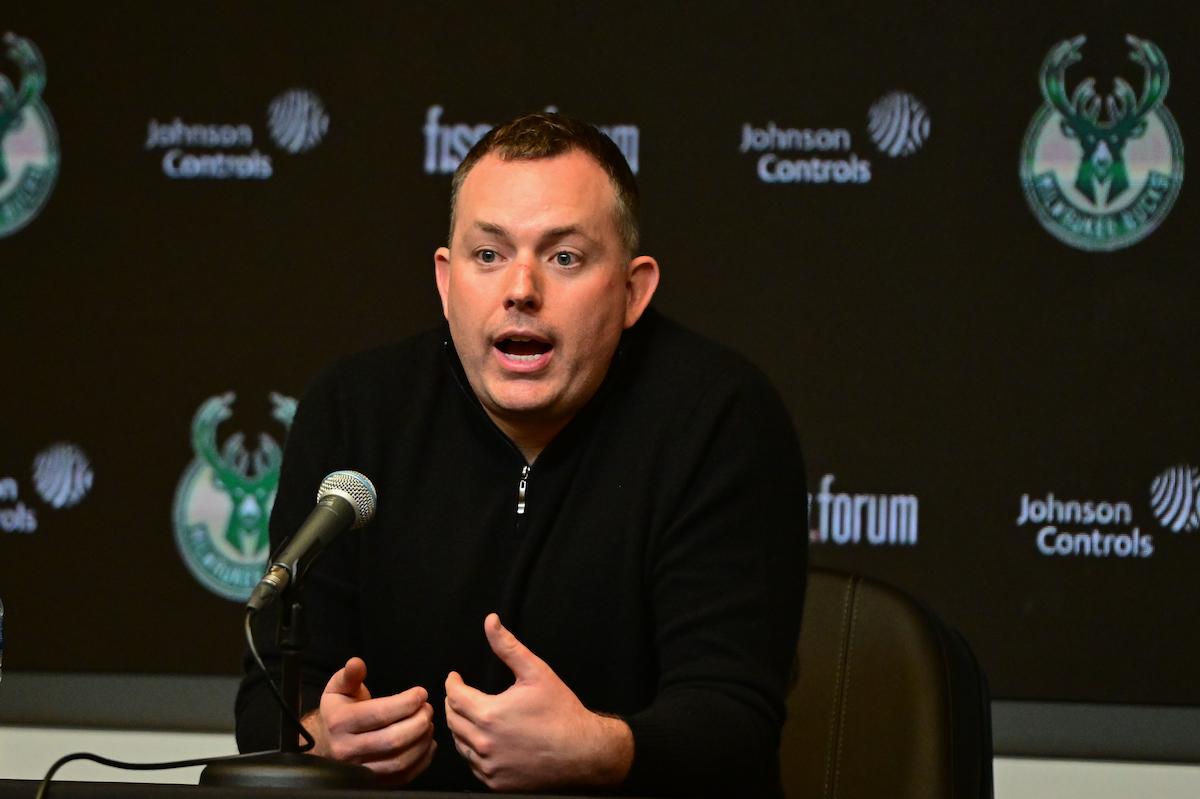Ten Celtics will average over 15 minutes a game.
Somewhere on some laptop at the Auerbach Center, there is biometric data on every Celtic player. It’s got all of Jayson Tatum’s, Derrick White’s, and Jrue Holiday’s minutes from the start of the regular season through the playoffs and their stints with Team USA added up. It told them to sit Al Horford until the final preseason game. And it has progression profiles to map out optimal usage rates from now until hopefully June.
The Celtics brought back nearly everybody from last year’s championship run. They’ll be able to build on that continuity and that familiarity will breed confidence. We’re already seeing that in the readiness of Luke Kornet to potentially take on a starting role this season and guys like Jordan Walsh and Xavier Tillman Sr. to move up in the rotation.
With all the mileage it took to finally raise Banner 18, it could behoove Boston to go deep into their bench. Even without Kristaps Porzingis, Joe Mazzulla could without hesitation play ten Celtics a night:
PG: Holiday, Pritchard
SG: White, Walsh
SF: Brown, Hauser
PF: Tatum, Tillman
C: Kornet, Horford
Here’s CelticsBlog’s Bobby Manning on a potential rotation for Opening Night:
Messing around with #Celtics‘ rotation on an average night.
This is if Horford starts. Tough to scale him back when he’s in that role if he’s going to give a full closing effort. pic.twitter.com/aBDDOAvSgy
— Bobby Manning (@RealBobManning) October 17, 2024
That’s not even counting Lonnie Walker IV, Neemias Queta, or Jordan Springer. Do you know what’s better than having the best top-6 in the league? The best top-10.
The Celtics will be top-5 in assists and assist percentage.
Boston finished their five-game preseason slate with a 69.2 assist percentage and 120.8 offensive rating. Last season, they had the most efficient offense in the history of the league, but clocked in at just 61.3%. Their 2.43 assist-to-turnover ratio during this exhibition slate would be a few ticks higher than the #1 Indiana Pacers (2.38) last season who were just two points behind Boston’s historic place. M
Some of those numbers are juiced by more playing time for the second and third units and how they have to play to generate good shots vs. the stars of the team being able to take advantage of mismatches. However, an emphasis on more ball movement could make the Celtics’ offense even more lethal than before.
Last year, they shot the highest percentage on catch-and-shoot opportunities from behind the arc. If they can turn some of their isolations and mismatch hunting into kickouts to open shooters, what was already a freight train of an offense could be even more unstoppable.
Drives and free throws will go up.
Porzingis is a cheat code. When he’s in the lineup, the Celtics could punish switches with either him taking a smaller defender into the post or Brown, Tatum, White, or Holiday could go one-on-one with a big.
Without Porzingis for much of the playoffs last year, Boston adjusted by driving more, particularly Tatum. CelticsBlog’s Azad Rozay wrote earlier this fall:
With Tatum driving 19.2 times per game and Brown 17.6 times, the Celtics fully capitalized on their spacing. In modern basketball, the goal is to create “paint touches”—getting the ball into the opponent’s paint, where the defense is most vulnerable and forced to make quick decisions. These drives didn’t always result in layups or dunks, but they consistently forced the defense to collapse and recover, generating the best possible shot.
Across the board, we’ve seen everybody put the ball on the floor, most noticeably Hauser driving into his mid-range game and Walsh charging hard into the slots.
More drives could also lead to more free throws. In two games against Toronto, the Celtics went to the line a whopping 51 times. Boston was 26th in the NBA last year at trips to the line at just over 20 per game; with the star power and versatility they have on the roster, that should be a lot higher.






